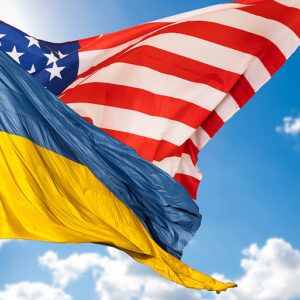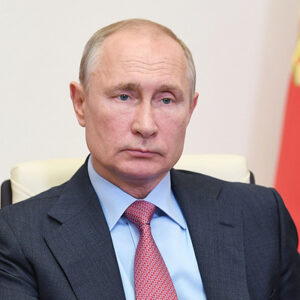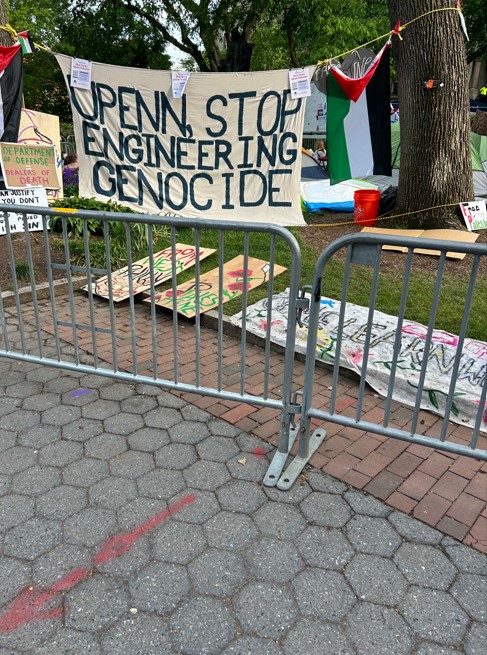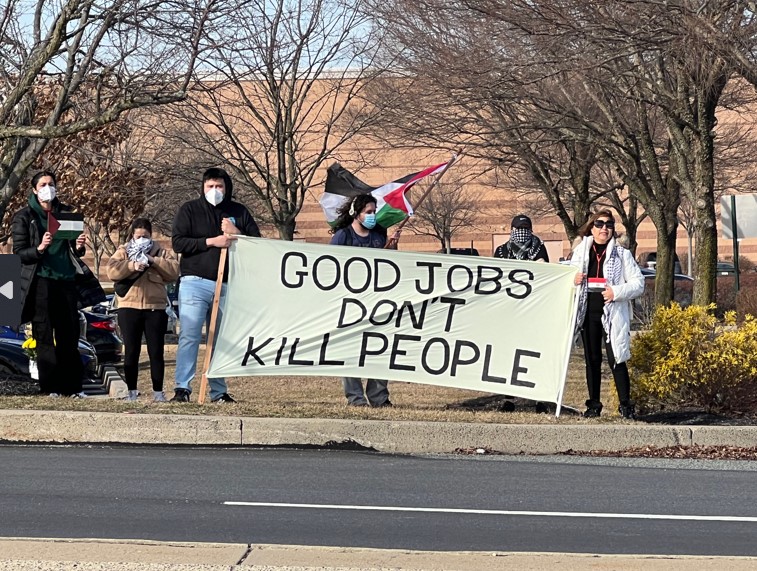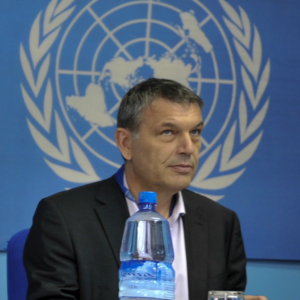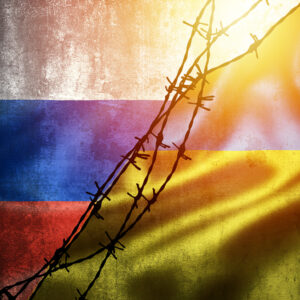FLOWERS: The Rainbow vs. the Watermelon
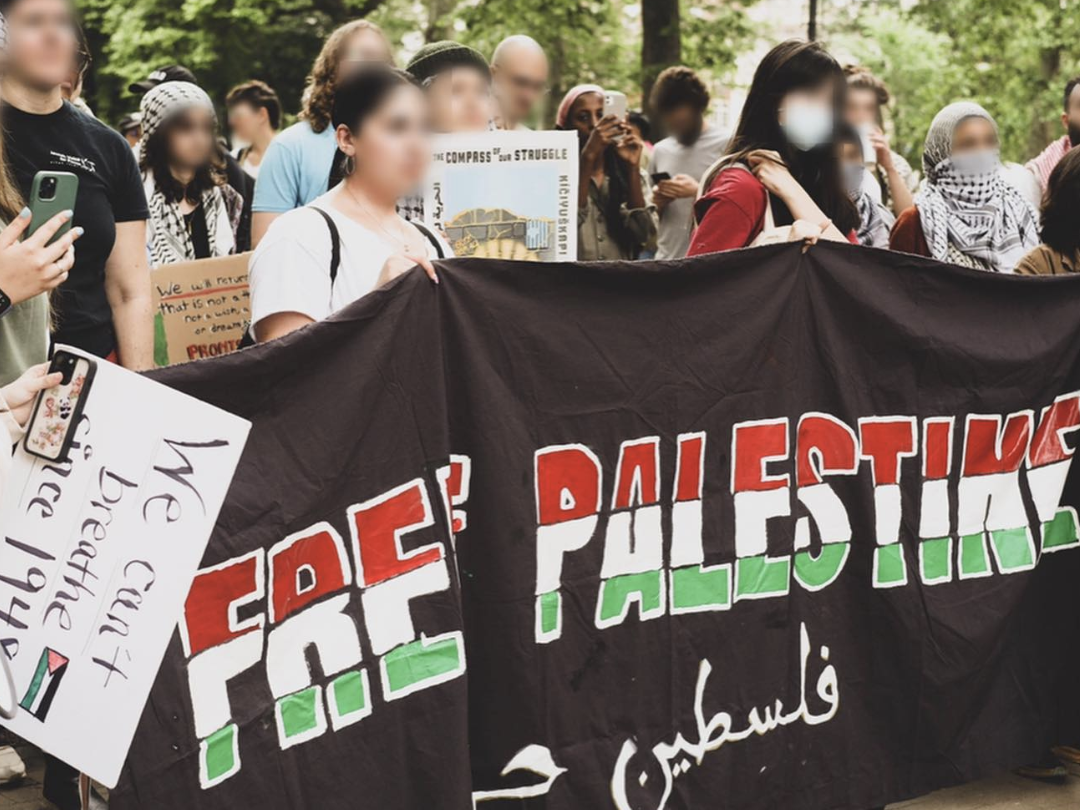
I love monster movies. My preference runs towards giant predators crashing into each other like the Jurassic Park franchise, the many iterations of King Kong, and my favorite: Godzilla. You can imagine how excited I was when Hollywood decided to bring together two of my favorite creatures in “Kong v. Godzilla” (or vice versa).
Both of the villains, the hairy ape and the scaly lizard, have their own established personalities, so it’s difficult to pick sides. I love and hate both of them equally.
But in the end, you have to choose in order to keep the drama interesting. If you don’t care whether Kong gets his head sliced off by Godzilla’s tail, or whether Godzilla ends up with that tail wrapped around his throat by Kong, you might as well watch the “Real Housewives of New Jersey.”
Unless, compared to King Kong and Godzilla, you find them too fake.
But guess what? This past weekend, I finally found one of those “Kong v. Godzilla” situations where I really couldn’t pick a team. They were both so equally obnoxious that I didn’t really care who ended up getting stomped.
I’m talking about that delicious moment when the Pride Parade came face to face with the Free Palestine crowd. The rainbow met the watermelon. And it wasn’t pretty.
Under normal circumstances, I’d have to say that I’d give a teensy-weensy advantage to the Pride celebrants. I live near the old gayborhood where prismatic colors abound and alternative lifestyles are the default position. But I can usually just go about my daily business as a straight, White cisgender minority who is most notable because I don’t color my hair from a Crayola crayon box.
This weekend, that all changed, as it usually does during Pride Month. Starting early in the day on Sunday, I started hearing drums banging and banshees screaming things that sounded vaguely like obscenities. It went on for hours, and made sitting in my condo to watch the Everlasting Word Network’s celebration of the Feast of Corpus Christi nearly impossible.
To be honest, I didn’t really try and watch the Feast of Corpus Christi because I was out in Rose Tree celebrating Italian National Day. That was a delightful event, with food and music and solidarity. It was exactly the way pride in heritage should be celebrated.
Then I came home to the aforementioned drum banging, and nearly-naked women (I think they were women) and all sorts of bacchanalia. Yes, I should have remembered the things that went down in prior years, but I’m getting older and I try and block out the more nightmarish aspects of my existence.
The maraschino cherry on top of the rainbow parfait was when I tried to enter the street where my condo is located, and a phalanx of police officers blocked my way. They were there, ostensibly, to keep the peace. In my case, they were there to keep me away from my front door because, as the annoyed cop who demanded my ID kept saying, “We don’t know that you really live here.” I will not go into details about the eye-rolling, exasperated sighs, modest Italian hand gestures and pleading that went down from my side. Suffice it to say that he “did me a favor” and let me follow a pair of women with exposed buttocks down the street and into the building.
That was my experience with Godzilla.
It was only a bit later that I heard that the Pride Parade had come into contact with a bunch of Free Palestine protestors, who were trying to block their progress down Locust Street. As we all know, Free Palestine protestors support Hamas, even though they try and tell us that they do not. Their message, far from being anti-Israel, is actually antisemitic. Their attacks on Jewish students are widespread, uninformed, and seem to carry few consequences in this DEI climate.
Kong entered the picture.
From video of the incident, it looks as if the Pride folk were trying to be nice and reason with the Hamas supporters, but it didn’t go well. I had the same thought I have when I see signs like “Queers for Palestine:” Why not “Chickens for KFC?” The Pride folk really need to educate themselves on what happens on the roofs of three-story buildings in fundamentalist countries that embrace Islamic jihad.
But I digress. This clash of the titans, so to speak, reminded me of the moment when Godzilla saw Kong coming at him from the other end of an urban landscape, only this time around, I didn’t really care which creature ended up vanquished and which one lived to film another sequel.
Please follow DVJournal on social media: Twitter@DVJournal or Facebook.com/DelawareValleyJournal

